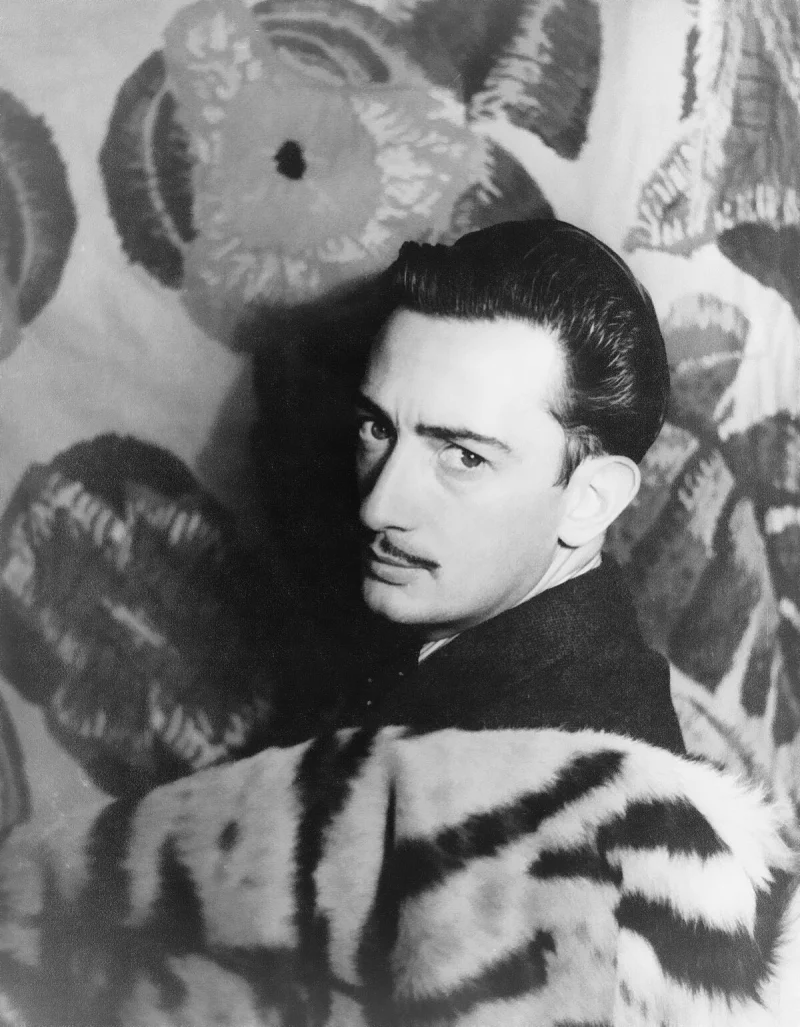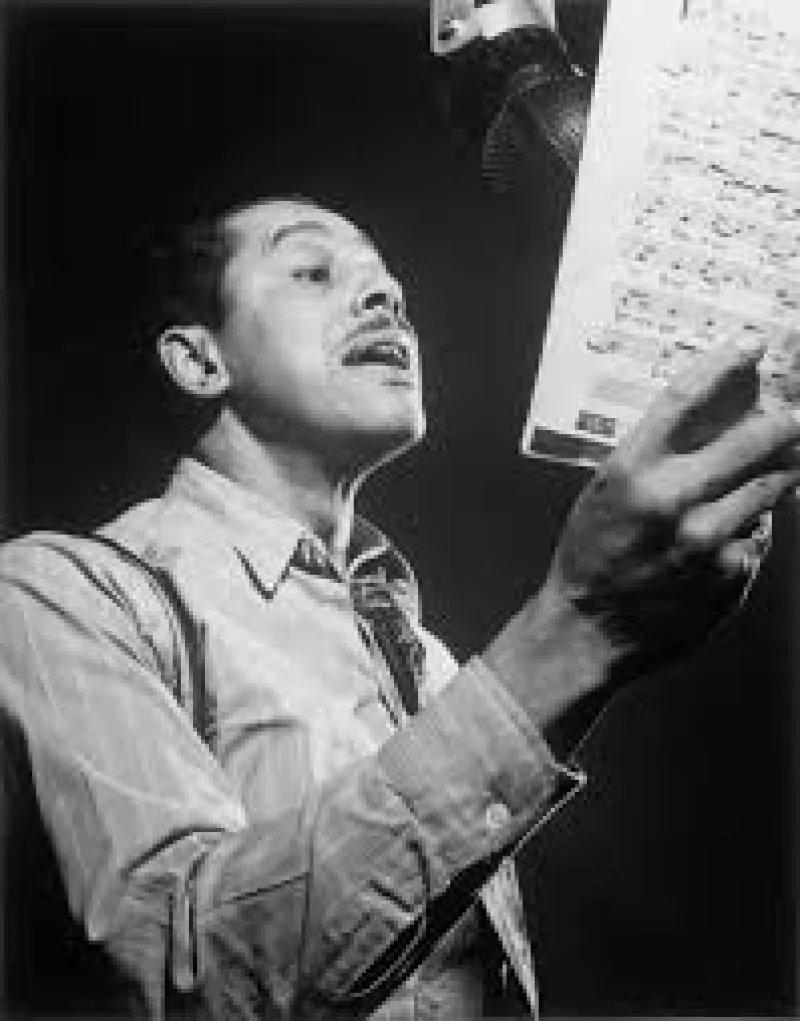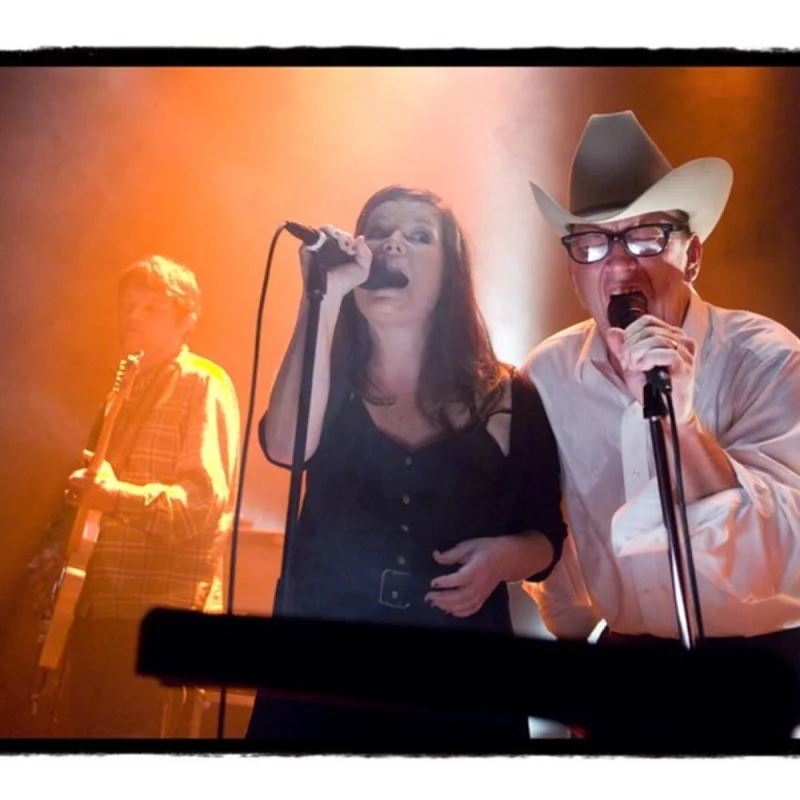Short Summary
Salvador Dalí was a renowned Spanish surrealist artist known for his eccentric personality and imaginative works that challenged traditional artistic conventions. His most famous piece, "The Persistence of Memory," with its iconic melting clocks, remains a defining image of surrealism. Dalí's contributions extended beyond painting to include film, sculpture, and photography, making him a pivotal figure in 20th-century art. His ability to blend dreamlike imagery with technical precision has left an indelible mark on the art world.
Early Life & Education
Born on May 11, 1904, in Figueres, Catalonia, Spain, Salvador Dalí was the second child of a prosperous notary and his wife. His childhood was marked by the death of his older brother, also named Salvador, just nine months before his birth, a loss that deeply affected him. Dalí showed an early interest in art and was encouraged by his parents. In 1922, he enrolled at the Real Academia de Bellas Artes de San Fernando in Madrid, where his talent began to flourish. His exposure to various art movements and figures during this period significantly influenced his development as an artist.
Career Highlights
Dalí's career began to gain momentum in the late 1920s when he joined the surrealist group in Paris. His work was characterized by bizarre dream imagery, meticulous detail, and striking symbolism. One of his most famous paintings, "The Persistence of Memory" (1931), cemented his reputation as a master of surrealism. In addition to painting, he collaborated with filmmakers such as Luis Buñuel, contributing to the surrealist film "Un Chien Andalou." Over his career, Dalí produced an extensive body of work, including paintings, sculptures, and even theatrical set designs, showcasing his versatility and creative genius.
Major Achievements
- Developed the paranoiac-critical method, a technique to tap into the subconscious for creative inspiration.
- Produced "The Persistence of Memory," a quintessential surrealist masterpiece that continues to captivate audiences worldwide.
- Collaborated with Alfred Hitchcock on the dream sequence of the film "Spellbound" (1945), blending surrealism with mainstream cinema.
- Authored "The Secret Life of Salvador Dalí," an autobiography that offers insight into his unique worldview.
Famous Quotes
- "The only difference between me and a madman is that I am not mad."
- "Have no fear of perfection—you'll never reach it."
- "I don't do drugs. I am drugs."
Interesting Facts
- Dalí designed the Chupa Chups lollipop logo in 1969.
- He often wore a diving suit during public appearances, claiming it helped him delve deeper into the subconscious.
- Dalí was expelled from art school shortly before his final exams, declaring that no one there was competent enough to examine him.
- He kept a pet ocelot named Babou, which he took to restaurants and parties.
Legacy / Influence
Salvador Dalí's legacy is defined by his profound impact on art and popular culture. His ability to merge the realms of reality and fantasy inspired countless artists and creatives across various fields. Dalí's distinct style and imaginative approach continue to influence contemporary art, fashion, and film. His work challenges viewers to question reality and embrace the power of the subconscious, ensuring his enduring presence in the art world.
FAQ
Q: Why is Salvador Dalí famous?
A: Salvador Dalí is famous for his surrealist artworks, particularly "The Persistence of Memory," and his eccentric personality.
Q: What art movement was Dalí associated with?
A: Salvador Dalí was a prominent figure in the surrealist movement.
Q: Did Dalí work in other fields besides painting?
A: Yes, Dalí was involved in film, sculpture, photography, and even designed theatrical sets.
Q: What is the paranoiac-critical method?
A: It is a creative technique developed by Dalí to access the subconscious and enhance artistic creativity.













